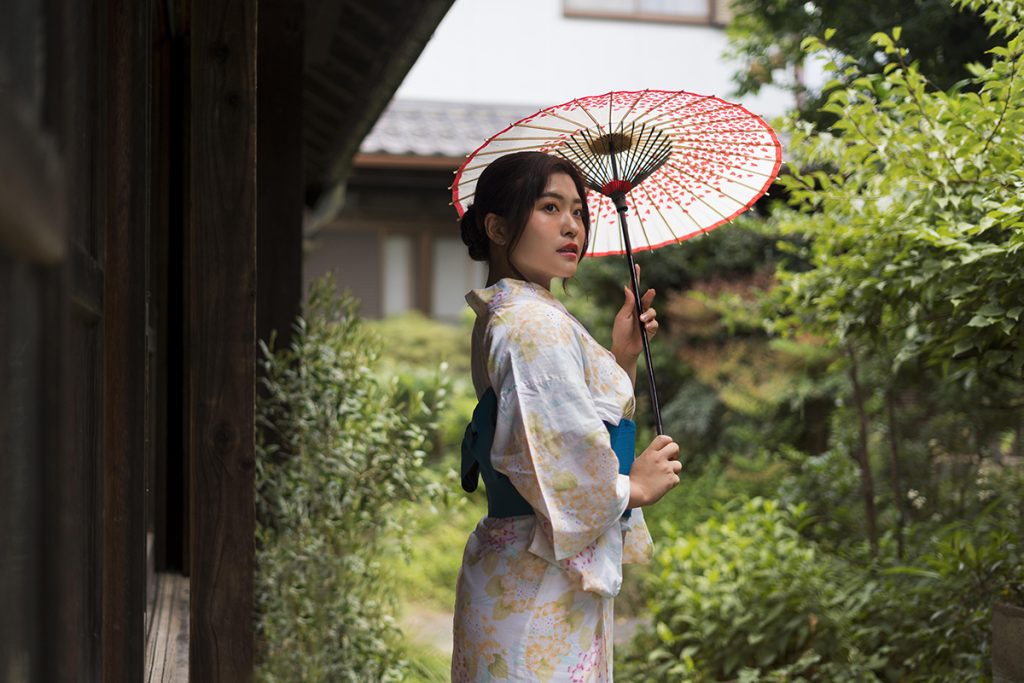The Japanese way of mindfulness – A moment-to-moment awareness
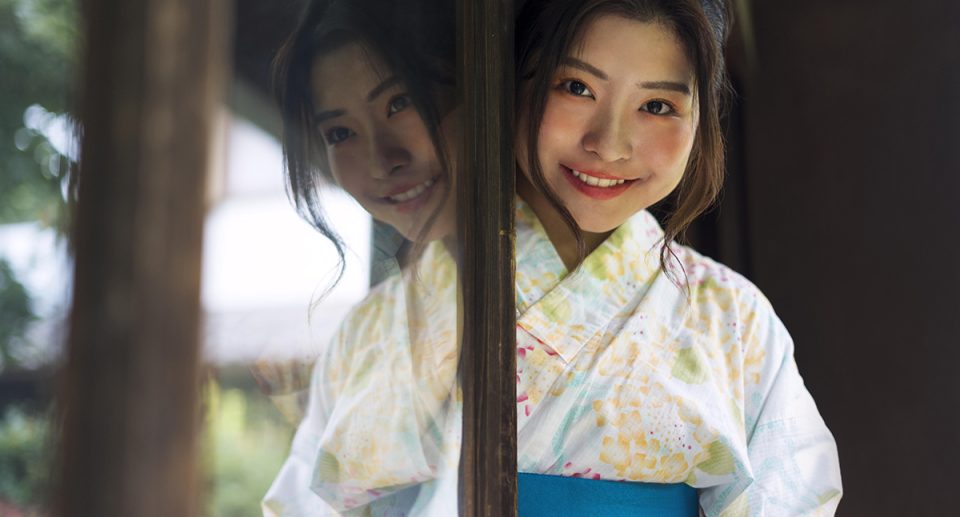
When a sleek shinkansen bullet train quietly arrives at the station, it heralds a unique ritual. During its brief stop, the conductor in the rear carriage engages in what seems like a solitary conversation, methodically performing tasks and gesturing towards different parts of the train.
This mindfulness practice, known as shisa kanko in Japanese, serves as a century-old method for railway staff to prevent errors. Conductors visually identify and verbally confirm each component they inspect, ensuring thoroughness.
Remarkably, this technique has proven highly effective. A 1994 study by Japan’s Railway Technical Research Institute showed a significant decrease in errors, from 2.38 to 0.38 mistakes per 100 actions when employing shisa kanko.
Mindfulness is a moment-to-moment awareness
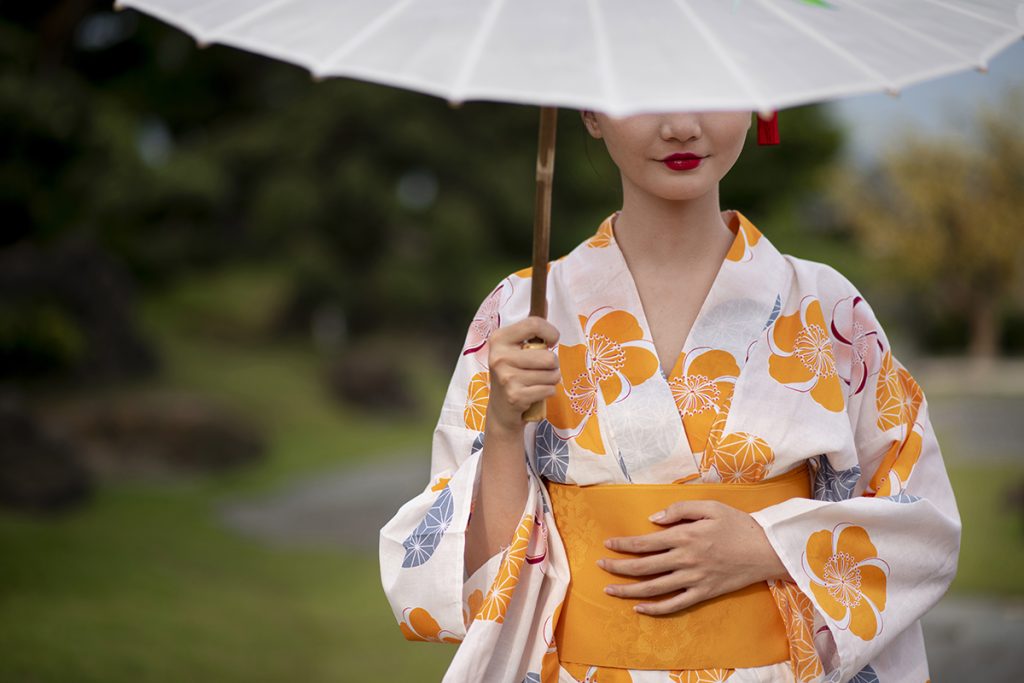
While mindfulness may seem distant from this practice, Jon Kabat-Zinn, Emeritus Professor of Medicine at the University of Massachusetts Medical School, defines it as “moment-to-moment awareness,” offering a broader perspective beyond traditional seated meditation.
This acute awareness of the present moment is deeply ingrained in Japanese culture, expressed through practices like the tea ceremony, haiku, and cherry blossom viewing. These traditions emphasize not just aesthetics but also the fleeting nature and uniqueness of each moment shared among individuals in a particular setting.
This moment with this individual in this location will never happen again
Haiku poetry, originating in 17th-century Japan, has elevated the appreciation of the present moment to an internationally renowned art form. In just 17 syllables, haiku poets aim to encapsulate the essence of a moment, drawing on nature’s imagery to convey a sense of sudden enlightenment, reminiscent of Zen teachings. Among the most famous is Matsuo Basho’s frog haiku:
Old pond
a frog leaps in,
water’s sound.
This celebration of the moment finds its apex in cherry blossom viewing, a nationwide phenomenon each spring. The excitement stems from the blossoms’ ephemeral nature, lasting only about a week. “Transience forms the Japanese sense of beauty,” notes Zen priest and garden designer Shunmyo Masuno.
This appreciation for impermanence extends to various lesser-known practices like moon viewing, where special evenings in September are dedicated to contemplating the full moon. Japan even hosts elaborate festivals to express gratitude for the service of inanimate objects, ranging from old kitchen knives to calligraphy brushes and used sewing needles.
The Japanese sense of beauty is shaped by the concept of transience
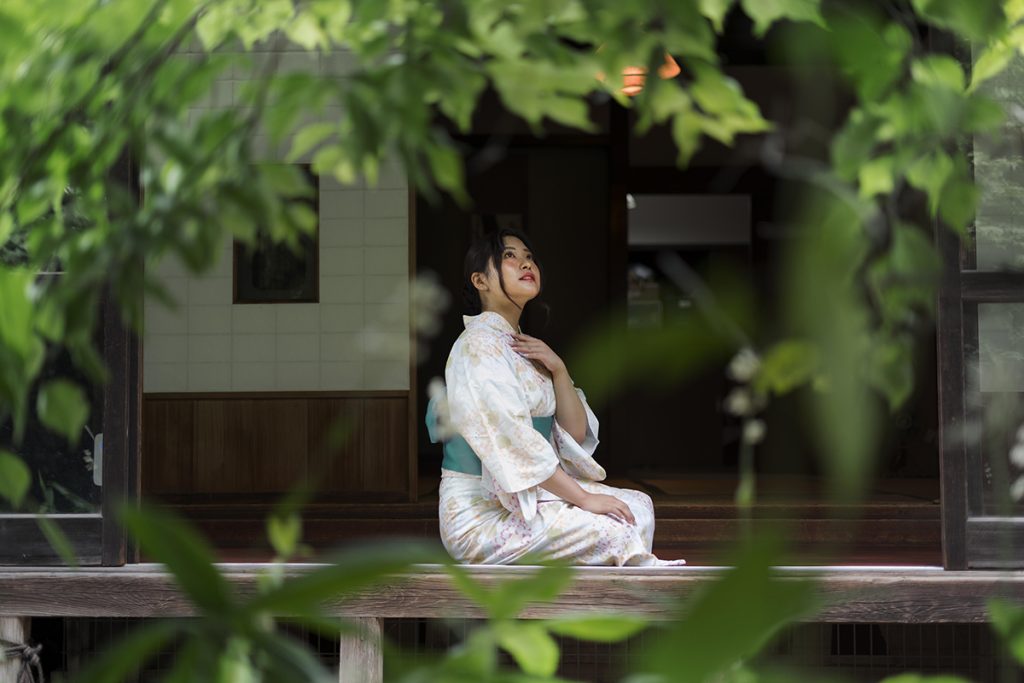
Moss Girls, influenced by Hisako Fujii’s book ‘Mosses, My Dear Friends,’ are on the rise, particularly among young women. They join guided tours to Japan’s lush moss-covered forests, kneeling down with magnifying glasses to admire the intricate growths. Moss, integral to Zen gardens, embodies wabi-sabi, the Japanese aesthetic of humble impermanence.
Japanese mindfulness extends beyond nature observation. Daily life is imbued with practical applications fostering present-moment awareness. School ceremonies mark the beginning and end of each day, emphasizing gratitude and concentration. Construction workers stretch collectively, while office etiquette involves careful examination of business cards and expressions of appreciation like ‘Otsukaresama.’
These practices, rooted in Zen, emphasize purposeful attention to mundane tasks, preventing autopilot living. Zen’s influence on Japanese culture spans centuries, shaping arts like tea ceremony and gardening, and permeating daily activities with mindfulness.
A Zen tale illustrates this integration: After years of Zen study, Teno visited Nan-in, a master, leaving his belongings at the door as tradition dictates.
Every action and behavior in daily life embodies the practice of Zen
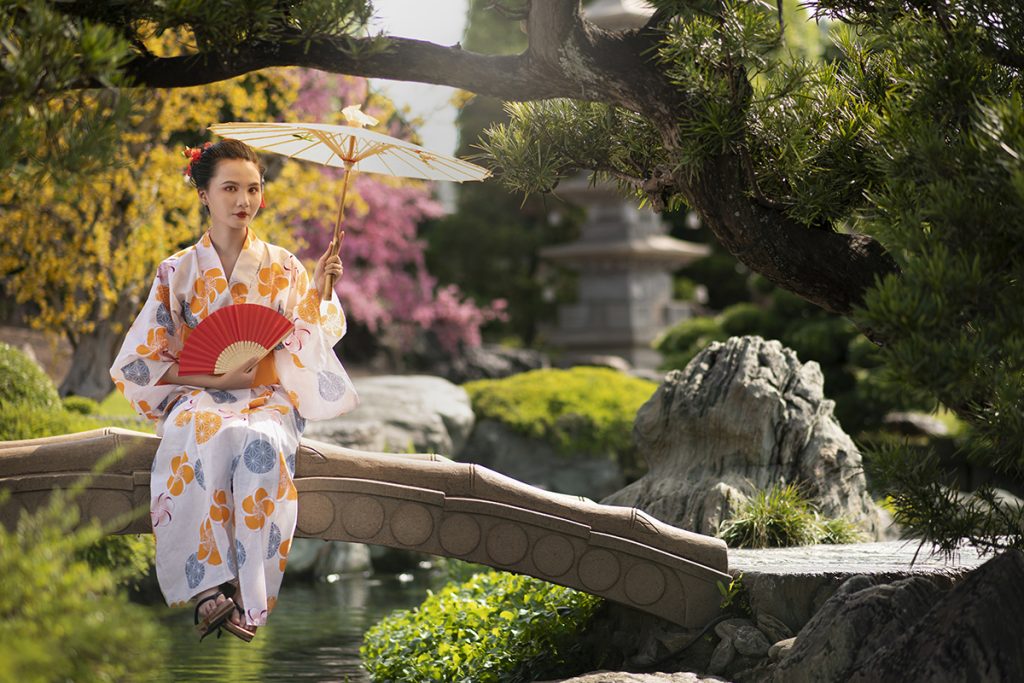
After exchanging greetings, Nan-in posed a question to Teno: “Did you leave your umbrella to the left or right of your clogs?” Teno, unable to answer, realized he still had much to learn about Zen and dedicated another six years to his studies.
While not everyone may pursue such lengths, Nan-in’s question holds relevance in today’s context. Increasingly, researchers find that being present in the moment not only enhances stress resilience and well-being but also reduces levels of anxiety and depression.
Leah Weiss, a senior teacher at Stanford University’s Compassion Cultivation Program, advocates for ‘mindfulness in action,’ emphasizing its continuous practice throughout the day rather than confined to brief meditation sessions. It involves being aware of thoughts, feelings, and surroundings while engaged in other activities.
The Japanese way of mindfulness conclusion
Incorporating mindfulness into daily life can begin with simple practices, such as a routine check before leaving home: lights off, windows closed, essentials in hand. This habit ensures important tasks aren’t overlooked, like remembering your keys. Eventually, you might find time to pause and appreciate the beauty of moss.
